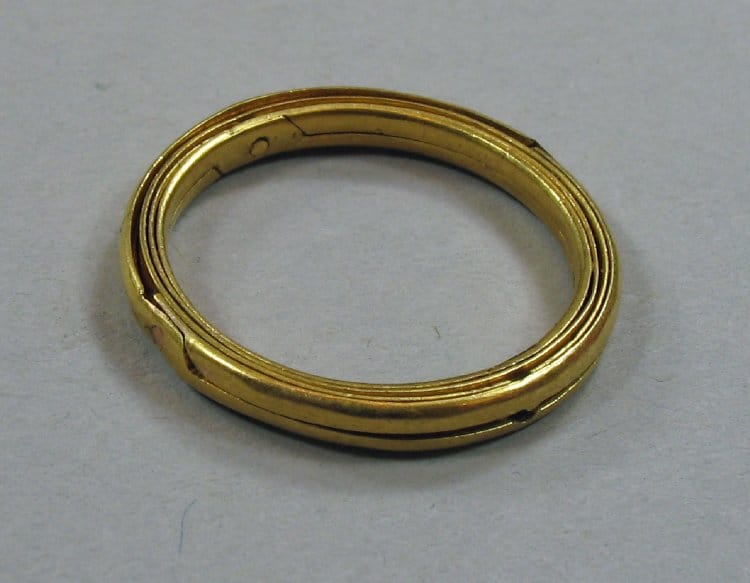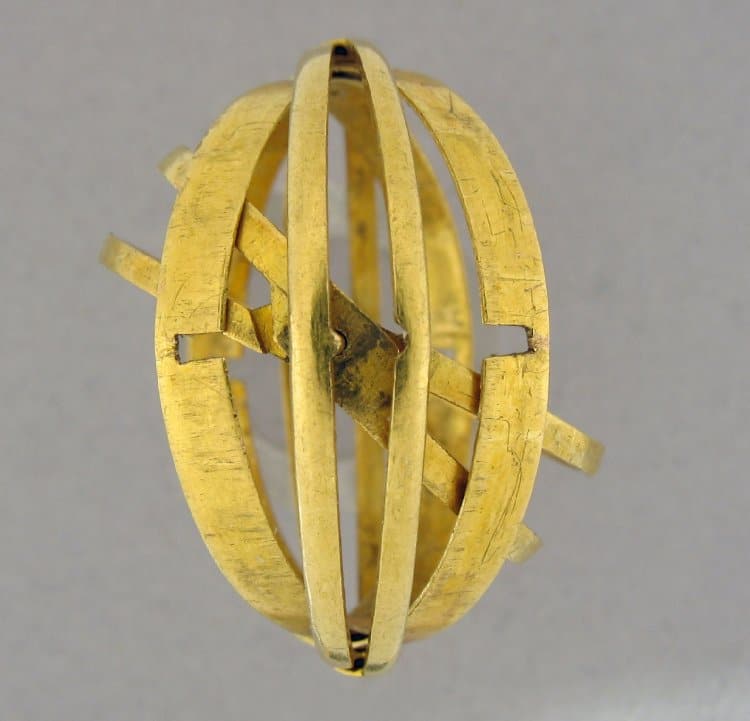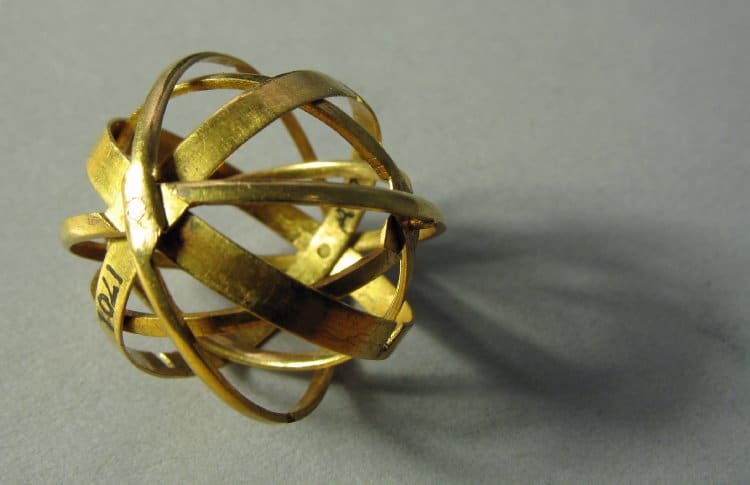Do you think you would recognize a coffee plant if you came across one in the wild? Not that it’s likely outside the so-called “coffee belt,” the region of the world most rich in soil, shade, mild temperatures, and copious rainfall. Farmed coffee plants “are pruned short to conserve their energy,” the National Coffee Association notes, but they “can grow to more than 30 feet (9 meters) high. Each tree is covered with green, waxy leaves growing opposite each other in pairs. Coffee cherries grow along the branches. Because it grows in a continuous cycle, it’s not unusual to see [white] flowers, green fruit and ripe [red] fruit simultaneously on a single tree.”
That’s a festive image to call to mind when you brew—or a barista brews—your coffee beverage of choice. After watching the TED-Ed video above, you’ll also have a sense of the “globe-spanning process” between the coffee plant and that first cup of the morning. “How many people does it take to make a cup of coffee?” the lesson asks. Far more than the one it takes to push the brew button…. The journey begins in Colombia: forests are clear-cut for neat rows of shrub-like coffee trees. These were first domesticated in Ethiopia and are still grown across sub-Saharan Africa as well as South America and Southeast Asia, where low-wage workers harvest the coffee cherries by hand.
The cherries are then processed by machine, sorted, and fermented. The resulting coffee beans require more human labor, at least in the example above, to fully dry them over a period of three weeks. Further machine sorting and processing takes place before the beans reach a panel of experts who determine their quality and give them a grade. More hands load the coffee beans onto container ships, unload them, transport them around the country (the U.S. imports more coffee than any other nation in the world), and so on and so forth. “All in all, it takes hundreds of people to get coffee to its intended destination, and that’s not counting the people maintaining the infrastructure that makes the journey possible.”
Many of the people in that vast supply chain are paid very little, the video points out. Some are paid nothing at all. The history of coffee, like the histories of other addictive commodities like sugar and tobacco, is filled with stories of exploitation and social and political upheaval. And like the supply chains of every other contemporary staple, the story of how coffee gets to us, from plant to cup, involves the stories of hundreds of thousands of people connected by a global chain of commerce, and by our constant need for more caffeine.
Related Content:
How to Make the World’s Smallest Cup of Coffee, from Just One Coffee Bean
Philosophers Drinking Coffee: The Excessive Habits of Kant, Voltaire & Kierkegaard
Josh Jones is a writer and musician based in Durham, NC. Follow him at @jdmagness








